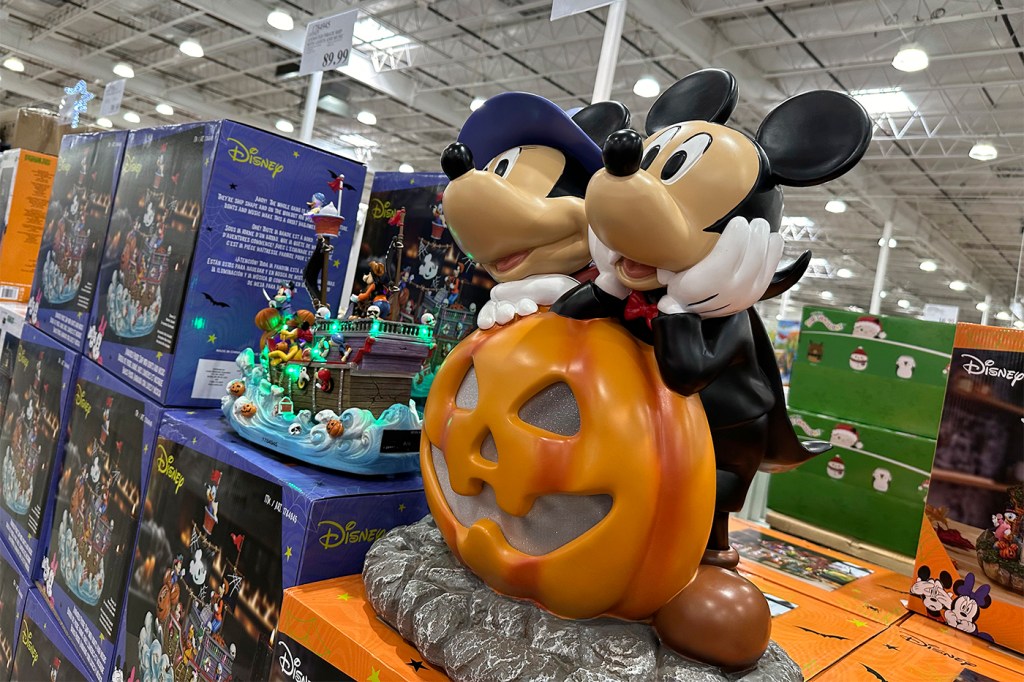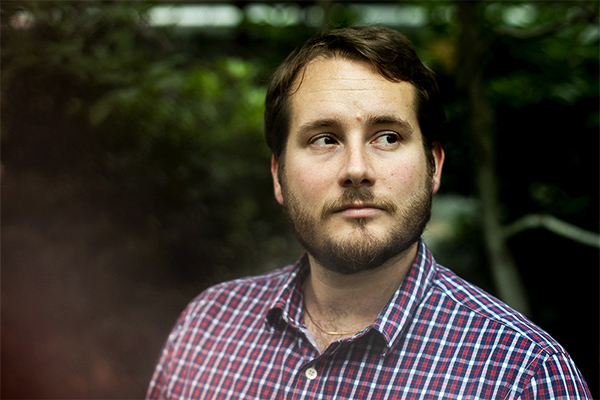Halloween is coming to stores earlier and earlier. There’s a spooky reason why
According to Northeastern University marketing experts, there’s a psychological reason you may be buying candy corn in August.

It’s becoming as much of a tradition as costumed trick-or-treaters and skeletons crawling across lawns studded with cardboard gravestones: candy corn and jumbo bags of Snickers start popping up on grocery store shelves a few weeks after Independence Day. We all gripe about it, bemoaning the premature send-off of summer and the ephemerality of our very existence.
Why the rush? Experts can point to a multitude of the usual, profit-driven reasons. Eye-catching holiday displays increase consumer hype in stores; longer holiday lead times give people more chances to buy seasonal items.
But Daniele Mathras, an associate professor of marketing at Northeastern University, points to another. As the season fades into early fall and images of ghosts and graveyards loom on the calendar, you’re probably thinking more about death. And thinking about death — what psychologists call “mortality salience” — makes people shop.
“The theory is that we buy more as a compensatory mechanism for the fear of dying,” Mathras says. “The changing of the seasons and end of summer is one of those time periods where mortality is salient, so retailers may benefit by reminding us fall is here early.”


In recent years, companies have been doing just that. Since 2020, when retailers extended the candy shopping season in an attempt to salvage a COVID-wrecked year for trick-or-treating, Halloween displays in supermarkets and drugstores have routinely arrived by the second week of August.
This year at Disney World in Orlando, “Mickey’s Not So Scary Halloween Party,” a ticketed event held several nights per week at the Magic Kingdom in the run up to Halloween, started Aug. 9. And the autumnal product drop to rule them all — the Starbucks Pumpkin Spice Latte — arrived on Aug. 22 this year, three days earlier than in 2023.
The idea of mortality salience as a driver of consumer behavior has a deep academic underpinning; the National Institutes of Health even funded a 2021 study delving into how heightened fear of mortality affected buying habits during the COVID-19 pandemic. Past studies have shown that people confronted with their own finite temporal existence sometimes cope through conspicuous consumption.
That dynamic is more potent for certain types of people in a way that the particular flavor of Halloween can exacerbate, says Alexander DePaoli, an associate teaching professor in marketing at Northeastern.
Early in his career, DePaoli worked on a project studying indulgent purchases and mortality salience. He found that from a consumer behavior standpoint, contemplating death affects different personality types in different ways — namely, it nudges people to buy things that reinforce their own self-perception.
“Essentially, if you identify as a ‘fun person’ — if it’s an important source of your self-esteem to be a fun person — mortality salience makes you more likely to buy indulgent things, like chocolate,” he says. “If that’s not the case, then your focus is actually drawn to more functional products instead. Mortality salience leads you to be like, OK, I need to use my time and money more wisely.”
The ”fun” people, in other words, may be more susceptible to late summer Halloween candy purchases.
Still, DePaoli cautions that there are a lot of other, more concrete drivers of Halloween creep. For one, Most retailers have established seasonal sections, and holidays with eye-catching iconography — Christmas, Halloween, Easter — tend to fill them longer.
“The cultural aesthetics that have been built up around Christmas and holiday shopping are very recognizable, very attention-grabbing,” De Paoli says. “Same thing with Halloween. If it can grab attention, then in theory it will help you move some units and generate some hype.”
What’s more, if shoppers get repeat exposure to products, they have more chances to buy them; a longer holiday lead time means more trips past the 12-foot skeletons on display at Home Depot, for instance.
“It gives you a long runway to buy things,” DePaoli says. “The first time you see the giant skeleton you might think ‘Oh, that’s ridiculous, that’s a joke.’ The second or third time it’s ‘Oh, I could see myself being the sort of person who gets that. Will it fit on my front porch?’”
So as much as we scoff at Christmas songs on the radio on Nov. 1, Valentine’s Day cards in January and Reese’s peanut butter pumpkins before Labor Day, “it does move product,” he says.
